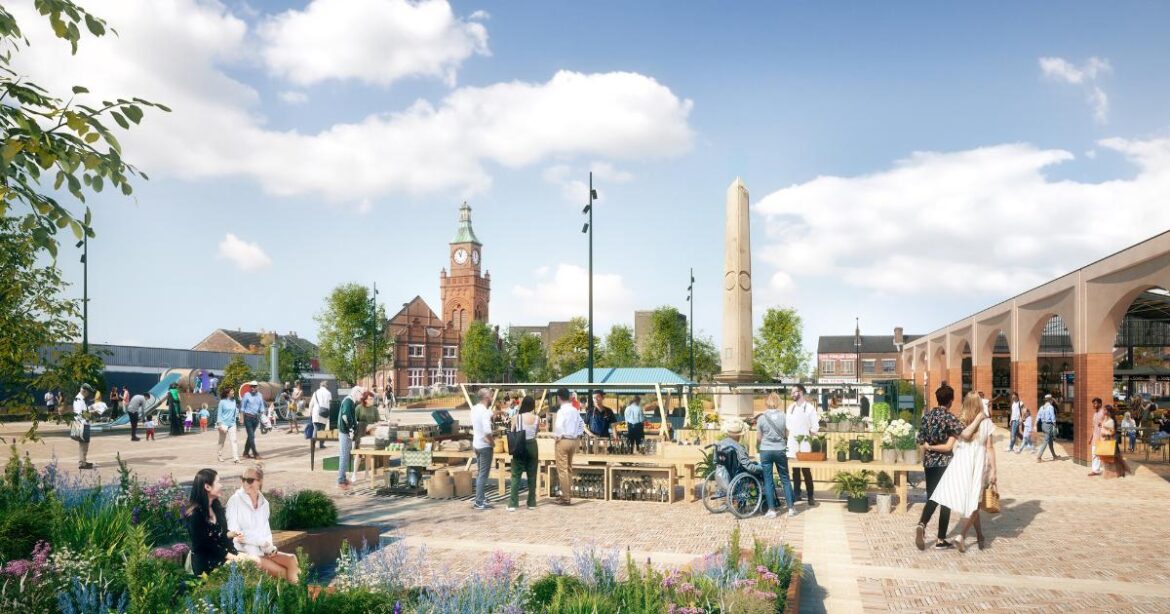The planting forms part of a wider plan to transform the town centre, led by St Helens Borough Council and ECF—a partnership between Homes England, L&G, and Muse.
The project is backed by £20 million from the Government’s Levelling Up Fund, with an additional £8 million in match funding from the council.
Councillor Richard McCauley, cabinet member for regeneration at St Helens Borough Council, said: “The planting of new additional and replacement trees in Earlestown is an important aspect of the work we are undertaking to revitalise our town.
“Our replanting ratio of 3:1 reflects the importance of having more trees in Earlestown and greening the environment more widely.
“These are essential tools in fighting climate change and helping to create a better environment for the people of Earlestown and the animals and wildlife in our community.”
In the early stages of construction, some existing trees will need to be removed to allow work to progress, including temporary market arrangements during the redevelopment.
However, subsequent planting will then take place at a ratio of approximately 3:1 between the number of new trees and those removed, delivering significant net gains for biodiversity.
The plans also include rainwater gardens and expanded green spaces in Market Square to boost biodiversity.
Tree removal will be carried out by Wigan-based CJM Treecare, and forms part of the overall construction programme led by the Eric Wright Group.
Permission for tree felling in Market Square was granted under the Reserved Matters planning application.
Site notices will be posted for trees marked for removal along Market Street.
Under the approved plans, Earlestown’s traditional market square will be enhanced and upgraded into a multi-use public square to support and grow the town’s historic market long into the future.
A new permanent canopy, inspired by the Sankey Viaduct, will provide covered, high-quality trading space and the flexibility to host markets and public events throughout the year.
Improvements will also be made to the surrounding town centre streets to enhance the public realm, encourage footfall between the railway station and retail areas, and support outdoor trading for businesses through new pavement licences, street furniture, and tree planting.


Comments are closed.